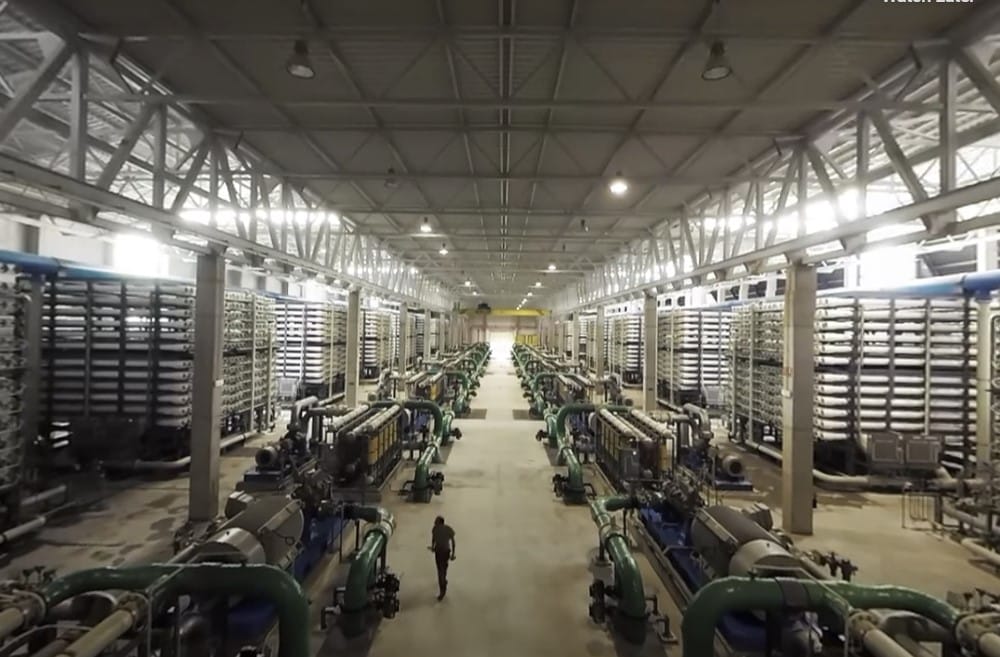The Segura Hydrographic Confederation (CHS) has activated procedures to promote the second desalination plant in the Vega Baja. The river basin authority has said that it is preparing “preliminary information” to formulate the specifications and put out to tender the drafting of the project, a document that must determine the location and size of the installation.
This is an initiative that the CHS says is outlined in the revised basin plan for the 2022-2027 cycle. The group does not offer further details, but the proposal is likely to be built in the Vega Baja.
In conversations between the president of the CHS, Mario Urrea, and the main representatives of the irrigators who would be the beneficiaries of these new resources, Orihuela Costa was indicated as the most possible location with a capacity to generate desalinated water of 60 hectometres per year.
This would add to the 80 that the Torrevieja desalination plant currently produces, the expansion of which is underway to produce up to 120. Almost 80% of the flow produced by Torrevieja is used to irrigate areas in the Regions of Murcia and Almería.
The future plant will be able to meet a demand that has skyrocketed in the last two years due to the State subsidising the cost of water for irrigators, at the same time as the Government’s decisions anticipating the reduction of the Tajo-Segura water transfer for irrigation increase.
Irrigators who would benefit from the infrastructure are, however, very sceptical about the proposal. A desalination plant needs to be located close to the coast so that the cost of pumping seawater and the infrastructure for evacuating brine does not rise steeply.
The proposed plant, if finally sized to produce 60 hectometres, would require a considerable area of land, however the only available land that remains free in Orihuela Costa is either urban – with astronomical prices – or protected. In the Orihuela Costa area there is only land available in the interior zone beyond the AP-7 motorway, which would require the construction of collectors several kilometres long and pumping the water above sea level.
In addition, the highly unlikely location in an area targeted for the construction of tourist housing is compounded by the cost of the plant itself and the difficulties in getting the project off the ground. Another obstacle would be the high energy cost of the desalination process. The Torrevieja Plant has an annual energy supply contract costing around 40 million euros.
Just to reduce the cost of producing a cubic metre of desalinated sea water by a few euro cents – which is approximately one euro – a 150-hectare solar plant will be built, the location of which on the plain of Campo de San Miguel de Salinas has already provoked great social rejection.





